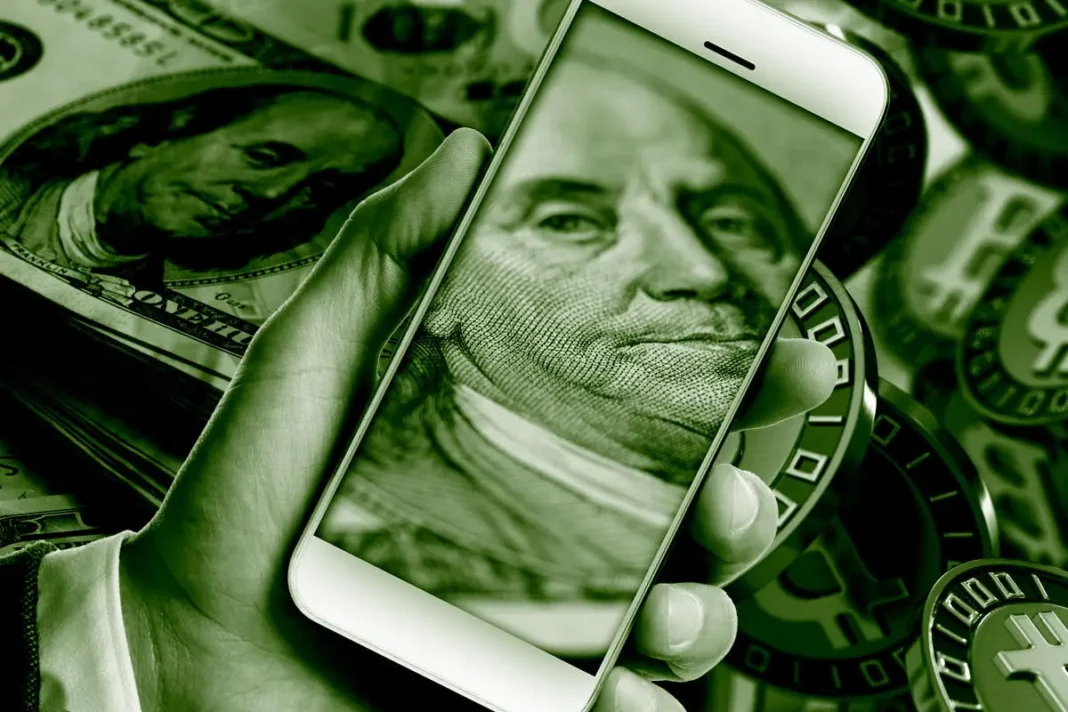Central bank digital currencies (CBDCs) threaten Americans’ core freedoms—a cost that far outweighs the purported benefits that proponents promise. Still, government officials, central bankers, and private consultants have flocked to CBDCs in recent years.
What Is a CBDC?
A CBDC is a digital national currency. In the case of the United States, a CBDC would be a digital form of the U.S. dollar. Like paper dollars, a CBDC would be a liability of the Federal Reserve. But unlike paper dollars, a CBDC would offer neither the privacy protections nor the finality that cash provides. In fact, it’s precisely this digital liability—a sort of digital tether between citizens and the central bank—that makes CBDCs different from the digital dollars millions of Americans already use.
In the private sector today, Americans regularly use multiple forms of digital dollars. They send digital payments using credit cards, debit cards, prepaid cards, and several mobile applications (e.g., Zelle, PayPal, and Cash App). In fact, it’s not just payments that have gone digital. Nearly every financial institution offers services—from savings accounts to mortgages—via mobile applications. So there should be no misunderstanding: the U.S. dollar is already widely available in digital form. Moreover, the current system works so well that few people ever take the time to worry about whether the digital dollars they are using are a liability of Visa or a liability of Bank of America.
Though consumers have little reason to think about it, when they use a prepaid card, the balance on the card is a liability of the private company that issued it (e.g., Visa and Mastercard). Similarly, when consumers deposit money into their bank accounts, the deposits in those accounts are a liability of the bank (e.g., Bank of America and Capital One). In practice, that means that the bank owes the customer the funds deposited in that account. When a consumer transfers money from a bank account, the bank is responsible for transferring the money.
In the case of a CBDC, however, the digital dollars would be a liability of the central bank itself. That is, the government—in the case of the United States, the Federal Reserve4—has the direct responsibility to hold, transfer, or otherwise remit those funds to the ostensible owner. This feature creates a direct link between citizens and the central bank—a radical departure from the existing American system where private financial institutions provide banking services to retail consumers.
Perhaps because this departure is so radical, some CBDC proponents promote an “intermediated CBDC,” where private financial institutions would “service” the account.5 In this arrangement, the balance on the account remains on the Fed’s balance sheet (i.e., a liability of the Fed). However, a private financial institution would provide all necessary retail banking services (e.g., transferring funds and handling complaints). Most of the policy implications are the same for intermediated and nonintermediated retail CBDCs.
Given that a CBDC would establish a direct line between consumers and the federal government—the same government responsible for the know‐your‐customer (KYC) regulations that require citizens to provide personal information to banks—it is unlikely that a CBDC will allay citizens’ privacy concerns, especially given that the public’s trust of the U.S. government is at historic lows (see Figure 3).10 In fact, unless a CBDC operates without the same anti–money laundering (AML) and KYC requirements as banks, many unbanked Americans would likely avoid a CBDC…READ MORE
DISCLAIMER: The content of Pro Liberation is firmly opinionated and is not meant to be interpreted as official news. We glean facts and quotes from mainstream news websites and abridge its meaning for readers to relate. We do not indulge in misinformation, conspiracy theories, or false doctrine but choose to express our right to free speech as citizens of this country and free born under God the Creator. We represent Nu Life Alliance Inc. a non-profit organization in the battle for social and economic justice. Donate to our cause at the following link. DONATE














